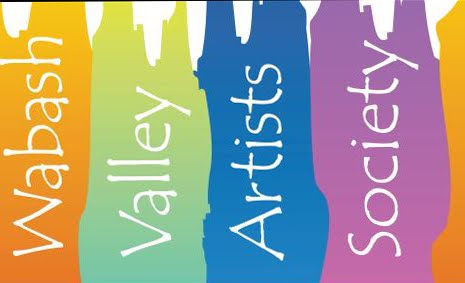A reminder to stop when the painting is finished!
Wabash
Valley Watercolor Society
January 21, 2014
Attended by: LaDonna Vohar, president; Jeri Artz, vice president,
Verna Ritz, treasurer, Marilyn Martin, secretary, Sheila
Graveel, Lanni Senn, Bobbi Smith, Jean Jackson, Linda Brammell
Improving Your Compositions –
with Consideration for the Visual Elements and the Principles of Design
Guest speaker: Susan Doster
Susan discussed all the
different aspects of composition using paintings as examples, such as Rubens,
Salvador Dali, Tom Brown, Canaletto. She
discussed all angles of composition with visual examples. Following are some excerpts from her
discussion.
Imagine your composition like
setting up a play. You are the
director.
The message conveyed in a
play is like the message conveyed in your art.
Why does composition matter
so much? What about beauty? Where does it fit in? Good
compositions are inherently beautiful.
The greatest joy in life is when
someone sees what you mean.
2nd greatest joy would
be someone sees something else. Fresh
eyes
Live with your
paintings. Use intention with your
paintings. Know what you want to say, input
what others see. Beauty – without
beauty, or meaning do you want to live with it?
The elements are the tools
that we use and the principles are how we arrange things better. Visual effects are ways to fool the eye. Elements of Design are: Line, Color, Texture, Shape, Form, Value,
Size, Color & Harmony
Use of color: Primary, secondary, tertiary
Complementary colors are
opposite colors. Mixing them, modifies
them. Pairing those colors is a vibrant
combination. Triadic harmonies, e.g.
red, yellow, blue or violet, orange, green.
Frequently master painters would use these triads and then add one other
color.
Texture: Can be physical (the roughness of the paper,
use of gesso) or visual. Texture can look fractured, broken, spattered.
Space – implied space, positive
and negative space. 2D refers to objects in the picture plane. This means the paper you are working on or
the frame that you are looking through. 2D
has heighth, width, but no depth. Depth
is an illusion. Perspective gives you
depth. Use of negative space. Looking for harmony and unity. Focal point.
Where you want people to look first, or where you want them to end
up.
Emphasis – center of
interest, most put them off center. Some
don’t want a center of interest. Some use
design principles or design rules (some creative artists purposely break rules)
Principle of Harmony: As in music complementary layers and/or
effects can be joined to produce a more attractive whole. The composition is complex but everything
appears to fit with everything else. The whole is better than the sum of its
parts.
Principle of Unity: When nothing detracts from the whole, you have
unity. Unity without variation can be
uninteresting. Unity with diversity
generally has more to offer in both art and in life. Of course, some very minimal art can be very
calming and at times even very evocative.
Even a simple landscape can have a powerful effect.
Principle of Opposition: Contrasting visual concept. Big sky landscapes become very dramatic when
a storm builds. Principles can grown out
of any artistic device that is used to produce an effect on the viewer
Principle of Balance: Balance is the consideration of visual weight
and importance. Way to compare right and
left side of a composition. Asymmetrical
balance is more interesting. Both sides are similar in visual weight, but not
mirrored.
Principle of Variety: Repeating a similar shape, but changing the
size, change the color but keeping the same size
Principle of depth: Linear; Principle of repetition. Use of more variation, color saturation,
intensity illusion of depth even though they are the same size.
Depth as Visual Effect – the
illusion of depth depends on the character or the element itself
Peter London
“Beauty was not the intended
outcome. Beauty was a natural byproduct
of craft diligently applied to serious thing.”
“The root and full practice
of the arts lies in the recognition that art is power, an instrument of
communion.”
Tuesday, February 18 Meeting,
7 p.m. at TAF
Ideas for Making Your Own Sketchbook, guest speaker: Kathryn Clark
Kathryn will discuss how to
make your own sketchbook, different types of binding, and resources for
supplies. If you have ever wanted to
have your favorite paper in a sketch book with your own design and cover, be
sure to come here to hear Kathryn.
Carol Carter Workshop next fall
We have a few people sign up
for this workshop from out of state. Be
sure to sign up if you are interested.
| 

No comments:
Post a Comment